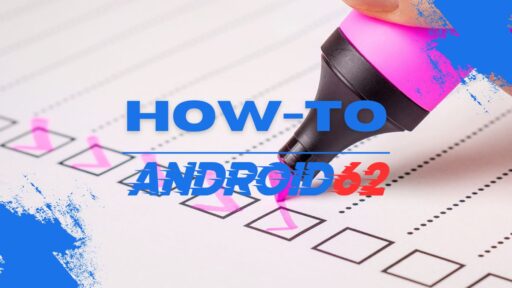
Getting a belly button piercing can be an exciting and stylish way to express yourself, but it’s important to remember that proper care and attention is crucial for a successful healing process. In this article, we will discuss the various factors that can influence how long it takes for a belly button piercing to heal, as well as offer some tips on how to speed up the healing process.
Contents
Factors Affecting Healing Time
There are several factors that can impact how long it takes for a belly button piercing to heal. These include:
- Individual Healing Ability: Everyone’s body is different, so the healing time can vary from person to person.
- Piercing Technique: The skill of the piercer, as well as the type of jewelry used, can affect healing time.
- Proper Aftercare: Following the recommended aftercare instructions is crucial for a smooth healing process.
- Complications: Infections or other complications can prolong the healing time.
Typical Healing Time
The average healing time for a belly button piercing is typically 6-12 months, although some people may heal faster or slower. Here is a general timeline of the healing stages:
- Initial Healing: The first few weeks are crucial for the initial healing of the piercing. During this time, the body forms a protective layer of tissue around the piercing site.
- Secondary Healing: After the initial healing, the body continues to repair and strengthen the tissue, which can take several months.
- Final Healing: The final stage of healing involves the skin fully integrating the jewelry and forming a mature scar tissue.
Tips for Faster Healing
While the healing time for a belly button piercing can’t be rushed, there are some steps you can take to help speed up the process:
- Clean the Piercing: Clean the piercing with saline solution or specialized piercing aftercare solution twice a day to prevent infections.
- Avoid Touching: Avoid touching the piercing with dirty hands to prevent introducing bacteria.
- Avoid Tight Clothing: Wear loose-fitting clothing to prevent irritation of the piercing site.
- Avoid Swimming: Stay away from swimming pools, hot tubs, and other bodies of water until the piercing is fully healed.
- Avoid Changing Jewelry: Wait until the piercing is fully healed before changing the jewelry to prevent complications.
Signs of Healing Problems
While some discomfort and redness are normal during the healing process, there are certain signs that may indicate a problem with healing. If you experience any of the following, consult your piercer or healthcare provider:
- Severe Pain: Intense pain or throbbing at the piercing site may indicate an infection.
- Excessive Swelling: Swelling that doesn’t go down or gets worse can be a sign of an issue.
- Discharge: Green or yellow discharge from the piercing site may indicate an infection.
- Red Streaks or Pus: Red streaks radiating from the piercing or pus discharge are signs of infection.
Conclusion
A belly button piercing can be a stylish addition to your look, but it’s important to remember that proper aftercare is essential for a successful healing process. While the healing time for a belly button piercing can vary from person to person, following the recommended aftercare instructions and keeping an eye out for any signs of infection can help ensure a smooth healing process. Remember to consult your piercer or healthcare provider if you have any concerns about the healing of your belly button piercing.




